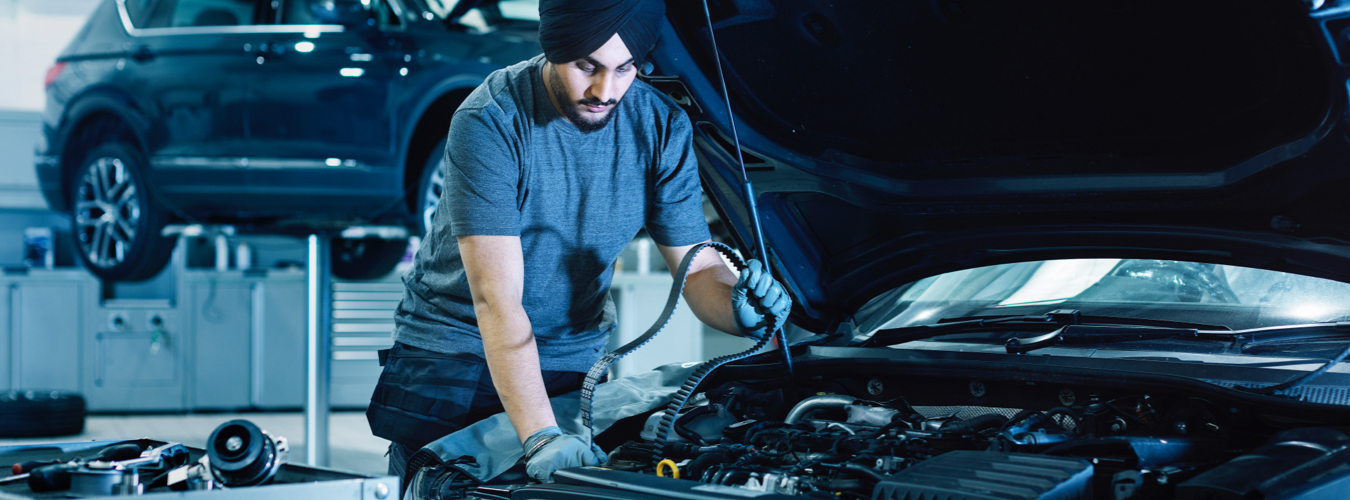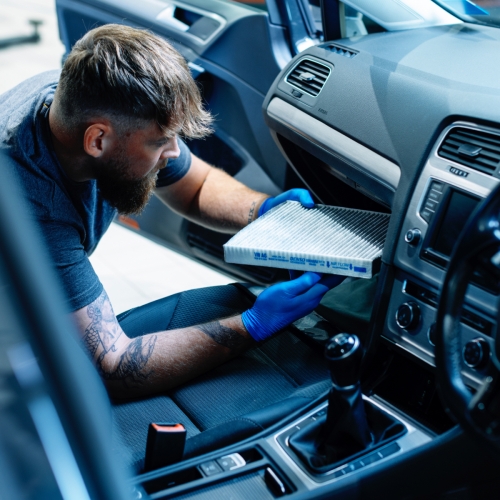For this Insider special, we are taking an in-depth look at the myths and misinformation that has built up around when to check and replace a cambelt.
David Waples, Volkswagen Group Escalations and Technical Service Center Manager discusses the issue, what the misconceptions and myths are and provides guidance on when the time is right for a cambelt inspection and replacement.
David says: “It’s time to put the record straight on cambelts, or timing belts as they are also known, and when best to check and replace them.
“There has been some misinformation, or even myths, circulating in the industry that suggest that a cambelt no longer requires being checked or replaced. This is most definitely not the case.
“It’s true that as cambelt technology has evolved in line with modern vehicles, there has been a revised view on the length of service intervals, including from manufacturers who have in some cases withdrawn or changed their previous recommendations. Longer service intervals are now being advised, and with some vehicle models these are valid, but not replacing the cambelt at all during the lifetime of the vehicle is still not to be recommended.
“When and at how many miles the cambelt should be changed is complex, as not all vehicles are the same. Furthermore, there are also external factors to consider such as road conditions and climate - for instance, vehicles driven more regularly in dusty conditions – that can influence the frequency of service intervals.
“With these various factors to consider it’s difficult to recommend an average service interval across all vehicle models. Everything is vehicle identification number (VIN) specific and it’s best to refer to manufacturer guidelines or seek advice and recommendations from an independent garage, who will be guided by their own expertise and relevant systems.
“Ultimately, each vehicle will be different and VIN specific, with predictions based on mileage, unless an alternative time-based interval is specified by an individual vehicle model’s engine.
“The one thing that is clear is that under no circumstances should the cambelt be left unchecked or not inspected. A visual check of the cambelt is very important, particularly if there are signs that the cambelt may be worn or damaged.
“These signs include any noticeable fraying or cracking from the rubber, which in turn will result in the cambelt breaking. Any hissing, grinding or clicking noises could also signal a loose or worn cambelt and if you continue to drive with it, then the result can be catastrophic damage to the engine.
“This is why, at the first sign of any issue, it’s essential that the cambelt is inspected by either an independent garage or authorised repairer. For the garage receiving the call from a customer about a suspected issue with the cambelt, it’s recommended to first of all include a mileage check before any booking.
“This will help to gauge the recommended intervals for that particular vehicle model and will provide a clearer understanding ahead of inspection on whether it’s more likely to require a cambelt replacement.
“In summary, first and foremost running a vehicle without ever having the cambelt inspected, should never be an option. For some vehicle owners, a cambelt inspection may only be prompted by an issue coming to light with it, leading to it being booked in.
“For better piece of mind, and to detect any issues early on, having the cambelt inspected, and even replaced, as part of a regular service is the more reassuring route to take. By booking in with a local independent garage, with both the expertise and systems to advise on the correct service interval, the customer can ensure that when it comes to their vehicle’s cambelt, they will always get the timings right.”
For more information on TPS’s wide range of cambelts visit: tps.trade/cam-belt




